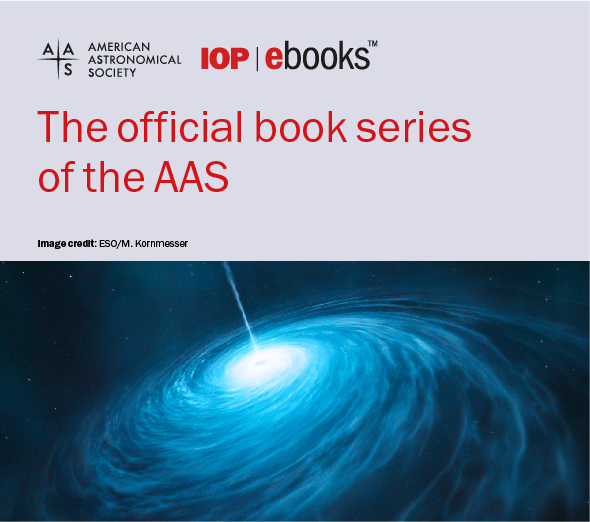During his tenure as editor of The Astrophysical Journal (1952–1971), S. Chandrasekhar established guidelines for usage and style of common astronomical and astrophysical terms along with University of Chicago Press copyeditor Jeanne Hopkins. The AAS is reinforcing these mandatory guidelines for authors for uniformity and efficiency in the copyediting and production process.
Every accepted article is edited for grammatical correctness and clarity, as well as for the style consistency across the journals. The elements are laid out below. Be aware that, though this guide is ample, it is not comprehensive and all changes made by copyeditors may not be explained herein. An appendix with technical terms can be found at the end of this document.





